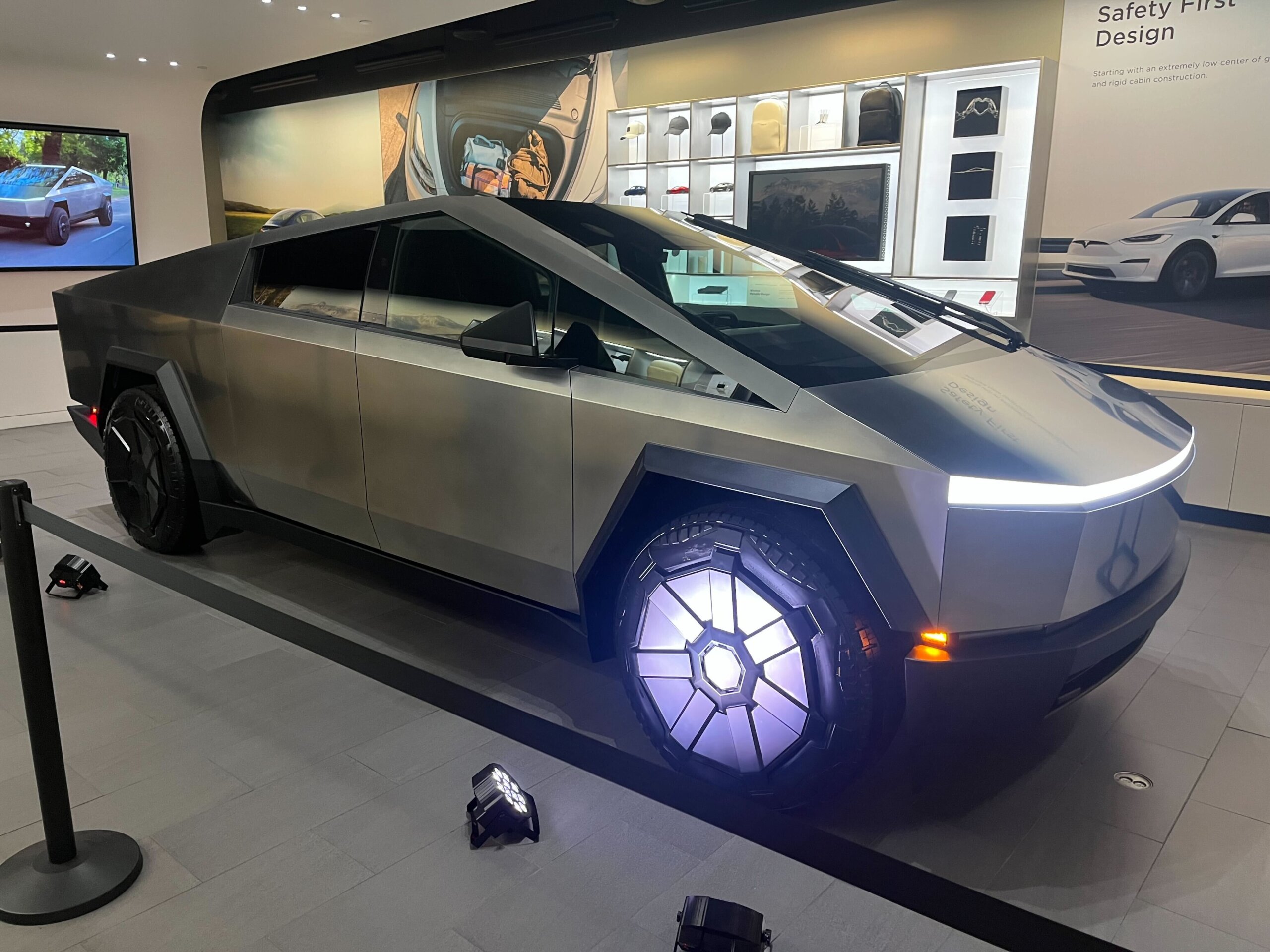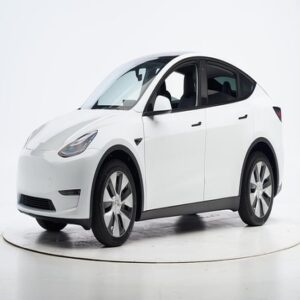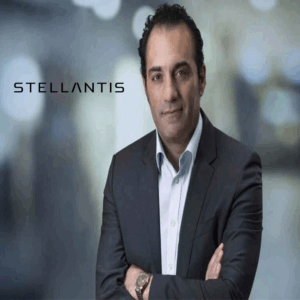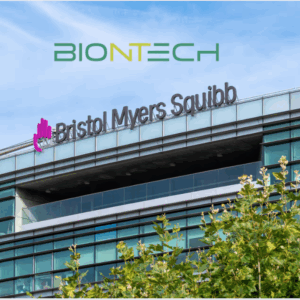The Tesla Cybertruck’s manufacture is delayed by issues with battery manufacturing
Presently, Tesla’s Texas plant is generating enough batteries annually to assemble roughly 24,000 Cybertrucks.

Elon Musk claims that while creating a Tesla prototype is easy, the manufacturing process is a nightmare. This nightmare pertains to the much anticipated Cybertruck and its groundbreaking 4680 battery.
Tesla shipped the first of its stainless steel-coated, futuristic electric pickup trucks last month. Elon Musk, the CEO, estimated in October that by 2025, the company would likely be producing a quarter of a million cars a year.
However, nine people with knowledge of the situation said that Tesla is still a long way from reaching that kind of manufacturing rate, and that one of the primary challenges is how quickly it can produce the 4680 batteries needed for the Cybertruck using its new dry-coating technique.
Based on a combination of public statistics and unpublished figures provided by sources, Reuters calculated that Tesla’s Giga Texas factory is presently generating 4,680 battery cells at a rate adequate to power roughly 24,000 Cybertrucks a year, or about one-tenth of the required output.
One of the main reasons for Tesla’s 2020 claims that it would more than half battery costs, drastically lower investment, and create smaller, greener factories was that it could greatly boost battery output utilizing dry-coated electrodes instead of the slower and more expensive wet coating.
The nine individuals, who spoke to Reuters under condition of anonymity due to the sensitive nature of the subject, claimed that Tesla was still unable to break dry coating on an industrial scale quickly enough to achieve its targets for manufacture of 4680 batteries for the Cybertruck.
The anode of the 4680 cells was stated to be easily dry coated, but Tesla was having trouble applying the same process to the cathode, which is the most costly part of a battery.
Yuan Gao, a battery technology consultant, claims that dry coating anodes and cathodes has been shown in the lab and in smaller energy storage devices like supercapacitors and even certain small batteries.
However, no one has managed to do it on a wide scale and at a fast enough speed using big batteries for electric vehicles up until now. «After working in the industry for three decades, Gao stated that Tesla is the first company to try to commercialize this.»
The difficulty lies in the fact that Tesla must not only expedite and scale up the process, but also create its own tools and equipment. To put it mildly, it’s intimidating,» he remarked.





